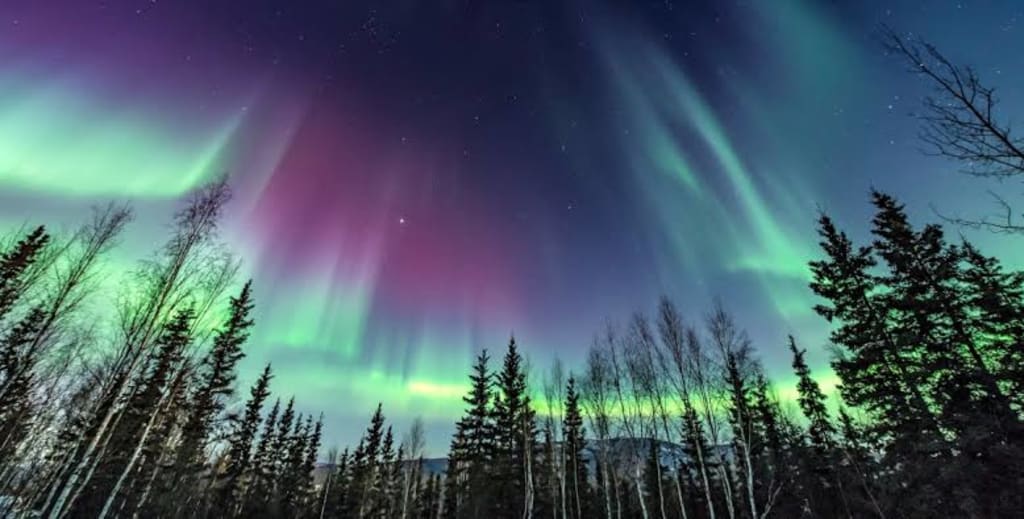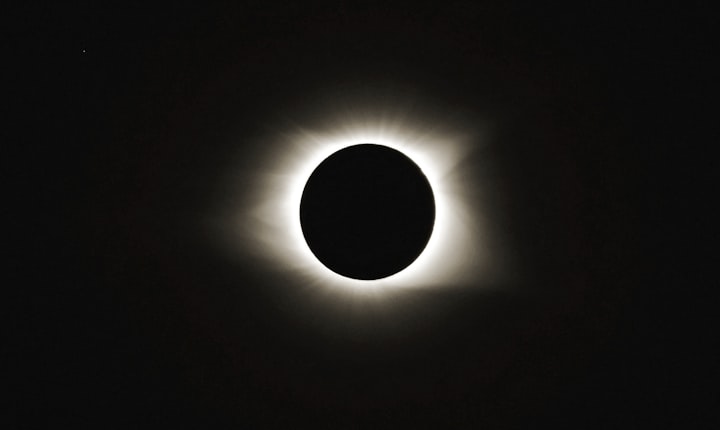
On the night of March 23, 2023, a spectacular display of the Northern Lights, or aurora borealis, lit up the skies over the United States. The stunning phenomenon was visible from several states in the country, including Michigan, Wisconsin, and Minnesota, and was described by many as one of the most incredible sights they had ever witnessed.
The aurora borealis is a natural light display that occurs when charged particles from the sun collide with particles in the Earth's atmosphere, creating a spectacular show of colorful lights. This event is more commonly seen in areas close to the Earth's magnetic poles, such as Canada, Norway, and Iceland. However, on March 23, the Northern Lights made a rare appearance over the United States, leaving many people in awe.
Social media was flooded with images and videos of the aurora, with netizens expressing their amazement at the beautiful sight. Many people reported feeling emotional and overwhelmed by the display, which lasted for several hours.
One Twitter user described the event as "literally the most insane thing I've ever seen." Another user called it a "once-in-a-lifetime experience" and said they were "completely blown away" by the beauty of the Northern Lights.
The phenomenon was particularly special for those who live in the United States and have never had the opportunity to see the aurora before. Some people traveled hundreds of miles to get a better view of the spectacle, with many taking to social media to share their experiences.
One person who witnessed the event in Michigan said it was "an unforgettable moment" and that they felt "privileged to have witnessed such an amazing display of nature." Another person who saw the Northern Lights in Wisconsin said it was "breathtaking" and that they "couldn't believe their eyes."
The aurora was visible in several states, including Michigan, Wisconsin, and Minnesota, as well as parts of Canada. The display was most prominent in the northern regions of these states, where the skies are darker and free from light pollution.
Scientists have explained that the aurora borealis occurs when charged particles from the sun, known as solar wind, interact with particles in the Earth's atmosphere. The particles are drawn towards the Earth's magnetic poles, where they collide with particles in the atmosphere, creating a colorful display of lights.
While the aurora borealis is not an uncommon sight in some parts of the world, it is relatively rare to see it in the United States, particularly in the more southern states. This is because the Northern Lights are more commonly visible in areas close to the Earth's magnetic poles, which are located in the Arctic and Antarctic regions.
However, on rare occasions, the aurora can be visible further south, particularly during periods of high solar activity. Scientists have explained that the current display of the Northern Lights is due to a strong solar storm that occurred on March 20.
The storm, known as a coronal mass ejection, released a large amount of energy and particles from the sun, which then traveled towards the Earth's magnetic field. When the particles reached the Earth's magnetic field, they were drawn towards the poles, creating a spectacular display of lights in the sky.
The display was also visible in parts of Canada, where the Northern Lights are more commonly seen. In the Canadian city of Yellowknife, which is known for its aurora viewing opportunities, the Northern Lights were particularly bright and colorful.
The display of the Northern Lights has sparked a renewed interest in astronomy and space science, with many people taking to social media to express their awe and fascination with the event. Some have even described the event as a life-changing experience, with one person saying that "it reminded me of how small we are in this vast universe, and how much beauty there is in the world."






Comments
There are no comments for this story
Be the first to respond and start the conversation.